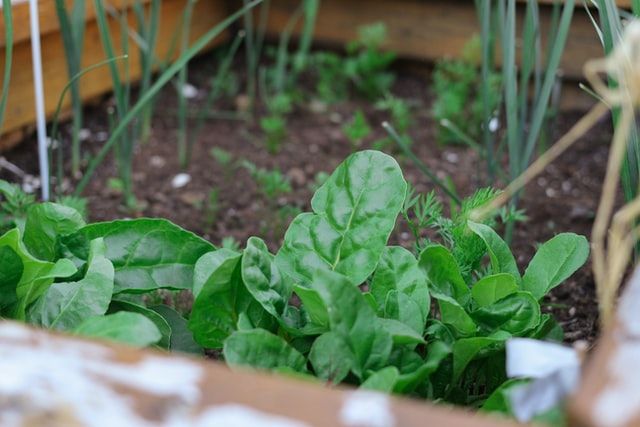It may sound something far from reality but scientists at Massachusetts Institute of Technology in the United States have managed to teach spinach plants to send emails with the help of nanotechnology.
Behind this wonderful creation, the researchers have used ‘plant nano bionics’, a technology that aims to give plants superpowers. Their spinach plants are now powered with sensors that can detect explosive materials and able to wirelessly transfer the information back to the scientists.
Also read: Elon Musk says Neuralink’s wired-up monkey can ‘play video games with its mind’
The whole experiment was made possible by inserting carbon nanotubes within the plant leaves that emit signals. Whenever the roots of a spinach plant detect the presence of nitroaromatics in groundwater, a compound usually found in explosives, these tubes read the signal by using an infrared camera and send alerts to the scientists.
“Plants are very good analytical chemists,” explained Professor Michael Strano, who led the research, as per a report by Euro News.
“They have an extensive root network in the soil, are constantly sampling groundwater, and have a way to self-power the transport of that water up into the leaves,” he said.
“This is a novel demonstration of how we have overcome the plant/human communication barrier,” he added.
Also read: Spotify may soon suggest songs to users based on surroundings, emotional state
According to scientists, this research could be helpful to warn people about pollution and other environmental conditions as these plants can absorb a large amount of data from their surroundings.
Besides detecting explosives, the spinach plants were also able to make metal-air batteries and fuel cells more efficient, found another study by researchers at the American Chemical Society.
Spinach was particularly chosen for the study as it is packed with iron and nitrogen, the two elements in compounds that act as catalysts.
“The method we tested can produce highly active, carbon-based catalysts from spinach, which is a renewable biomass,” explained Professor Shouzhong Zou, who led the study.







